EigenLayer slashing is set to revolutionize the landscape of Ethereum restaking as it prepares for its maiden enforcement on April 17. This critical feature marks EigenLayer’s transition to its full capability, cementing its role as a foundational layer for innovative decentralized finance applications. As part of the EigenLayer mainnet launch, the implementation of slashing will enhance the security of proof-of-stake protocols, encouraging greater reliability among node operators and restakers. Participants in the network can look forward to the rewarding potential of EIGEN token rewards while being held accountable through performance-based penalties. With slashing at the forefront, EigenLayer aims to establish a trustworthy environment for a new generation of verifiable applications and services on the Verifiable Cloud.
The concept of slashing in EigenLayer introduces a pivotal mechanism designed to uphold the integrity of staked assets within the Ethereum ecosystem. Known for enhancing the security measures of actively validated services (AVSs), this feature serves as a deterrent against misbehavior by penalizing node operators who fail to meet performance standards. By leveraging restaked cryptocurrencies as collateral, EigenLayer ensures the optimal functioning of decentralized applications within the finance sector and beyond. As more users engage with this robust framework, particularly in sectors like DeFi and gaming, the importance of slashing becomes increasingly evident in fostering trust and driving innovation. Ultimately, EigenLayer’s approach to slashing is poised to play a key role in the evolution of next-generation blockchain technology.
Understanding EigenLayer Slashing and Its Impact
EigenLayer’s decision to introduce slashing on April 17 marks a pivotal moment in the realm of Ethereum restaking. Slashing is crucial because it incentivizes honesty and performance among node operators, enhancing the overall security of the EigenLayer protocol. By penalizing those who fail to meet the requirements, EigenLayer establishes a strong framework that fosters trust among users and encourages collaboration across its actively validated services (AVSs). This initiative highlights the innovative nature of proof-of-stake protocols, where participants not only earn rewards through staking but also bear the responsibility of maintaining network integrity.
As more users engage with the EigenLayer mainnet, the implementation of slashing will serve as a benchmark for the effectiveness of Ethereum restaking. Node operators who choose to opt-in are effectively committing to a system that balances risk and reward. The introduction of slashing underlines EigenLayer’s ambition to create a secure, decentralized finance ecosystem where both individual and collective interests are prioritized. This strategy will likely draw more developers and projects to the EigenLayer, particularly as it provides a measurable way to guarantee the performance of services built on the protocol.
The Role of EIGEN Token Rewards in EigenLayer
The EIGEN token rewards are integral to EigenLayer’s ecosystem, designed to incentivize restakers actively participating in the network. By distributing these rewards, EigenLayer not only motivates individuals to engage with its services but also enhances the potential for liquidity and user participation. Unlike traditional proof-of-stake tokens, the EIGEN token offers a flexible and dynamic option for those looking to secure consensus-based protocols, making it an appealing choice for crypto enthusiasts and developers alike.
In the rapidly evolving landscape of decentralized finance, EIGEN serves as a catalyst for user engagement and network robustness. By rewarding restakers, EigenLayer fosters an environment where innovation thrives, attracting projects from various sectors, including DeFi and gaming. The overall goal is to create a sustainable and profitable ecosystem that encourages collaboration while enhancing overall network viability. As EigenLayer continues to evolve, the success of the EIGEN token will be measured by its ability to seamlessly integrate with existing Ethereum frameworks and support a growing base of AVSs.
Furthermore, the introduction of EIGEN rewards since 2024 reflects EigenLayer’s commitment to pioneering the Ethereum restaking paradigm. It signifies a shift towards a more collaborative approach in the blockchain ecosystem, where users can maximize their staking benefits while contributing to a robust security framework. As more AVSs emerge on the EigenLayer platform, the demand for EIGEN is likely to rise, solidifying its place as a key player in the future of decentralized financial applications.
The Future of Decentralized Finance with EigenLayer
EigenLayer’s innovative approach to Ethereum restaking positions it at the forefront of the decentralized finance revolution. By allowing users to restake their assets, EigenLayer not only boosts security but also enhances liquidity across various applications. This dual functionality is essential as DeFi continues to mature, allowing users to maximize their assets’ utility while engaging in multiple protocols simultaneously. As a result, EigenLayer is paving the way for a more interconnected DeFi ecosystem that provides users with an array of financial services.
Looking ahead, EigenLayer’s focus on integrating traditional finance principles with blockchain technology sets it apart in the crowded DeFi landscape. Its commitment to building a robust infrastructure for verifiable apps and services reflects a growing trend toward decentralization that prioritizes user empowerment and security. With the surge in demand for DeFi solutions, EigenLayer’s infrastructure will be paramount in supporting innovative projects that leverage Ethereum’s capabilities, ensuring that users reap the benefits of both risk and reward in their investments.
Unlocking the Potential of Active Validated Services (AVS)
The concept of Active Validated Services (AVS) is fundamental to EigenLayer’s architecture and illustrates a shift in how decentralized applications can operate. By utilizing restaked assets as collateral, EigenLayer enables a safer environment for various protocols to thrive. This method not only provides a robust security layer but also maximizes asset efficiency, freeing capital for other uses within the decentralized finance landscape. As more AVSs are developed, EigenLayer will play a crucial role in supporting their security and operational validity.
Understanding the potential of AVSs means recognizing their ability to complement existing blockchain infrastructures while driving innovation. For developers, AVSs present an opportunity to build and scale applications without risking the integrity of the network. EigenLayer’s efforts to onboard crypto-native applications signify a strategic focus on enhancing user experiences while maintaining a competitive edge within the decentralized finance sector. The continued development of AVSs will further contribute to the maturation of the DeFi space, underscoring the importance of security and performance in blockchain networks.
Incentivizing Participation in EigenLayer’s Ecosystem
Incentivizing participation in the EigenLayer ecosystem goes beyond just the distribution of EIGEN token rewards. It encompasses creating a holistic environment where restakers, node operators, and developers can thrive together. By implementing slashing mechanisms, EigenLayer ensures that all participants have a vested interest in maintaining the performance and health of the network. This shared responsibility fosters a community-oriented approach to blockchain technology, where users actively contribute to building a resilient decentralized infrastructure.
The gradual onboarding process for users opting into slashing offers a unique opportunity for EigenLayer to educate and engage the community about the benefits of Ethereum restaking. By emphasizing the importance of security and accountability, EigenLayer cultivates a culture of transparency and trust, essential in the rapidly evolving decentralized finance space. The continued development of this ecosystem will rely heavily on user engagement, proving that rewards and penalties are crucial components of a successful, decentralized financial model.
EigenLayer’s Mainnet: A New Era of Ethereum Restaking
The transition to EigenLayer’s mainnet marks a significant advancement in the Ethereum restaking narrative. With over 30 Active Validated Services already operational, the mainnet serves as a testament to EigenLayer’s potential to reshape the decentralized finance landscape. This evolution is not only about deploying cutting-edge technology but also about creating a user-friendly environment where stakeholders can interact seamlessly with DeFi services while maximizing their stakes. The introduction of slashing as a security measure further solidifies EigenLayer’s position in the market.
Furthermore, the EigenLayer mainnet symbolizes a commitment to innovation within Ethereum’s proof-of-stake protocols. As more services are integrated and the ecosystem evolves, users can expect a robust suite of tools designed for efficiency and scalability. The flexible approach to restaking will attract various developers looking to leverage the benefits of EigenLayer, facilitating the launch of new applications that enhance user engagement and financial opportunities. This shift to the mainnet represents a crucial development in understanding how Ethereum can cater to a diversified range of decentralized finance applications.
The Innovative Dynamics of Restaking in Blockchain
Restaking within the blockchain ecosystem is an innovation that empowers users to derive more value from their assets. By allowing tokens that have already been staked to secure additional protocols, EigenLayer enables participants to maximize their return on investment while diversifying their risk. This approach resonates with the core principles of decentralized finance, focusing on efficient capital allocation and accessibility. Restaking creates a synergy between different projects, ultimately leading to a more cohesive and resilient network.
The dynamics of restaking not only benefit individual users but also contribute to the broader goals of Ethereum and its proof-of-stake infrastructure. By providing a way to fortify other protocols with already staked assets, EigenLayer plays a critical role in reinforcing the security and reliability of the entire blockchain landscape. As decentralized finance continues to grow, the practice of restaking is set to create new investment opportunities and innovative service offerings across the sector.
Security Mechanisms in Decentralized Finance: Beyond Slashing
While slashing is a critical aspect of ensuring security in EigenLayer and proof-of-stake protocols, it is essential to explore other security mechanisms thatwork in tandem with this approach. Decentralized finance demands a multifaceted solution to address the complexity of threats, thus requiring robust measures beyond slashing penalties. EigenLayer emphasizes the importance of smart contract audits, secure key management practices, and user education to protect against vulnerabilities.
The synergy between slashing and additional security mechanisms will enhance the overall resilience of EigenLayer. By implementing a layered security strategy, the protocol can effectively mitigate potential risks while encouraging user participation. Security will always be a top priority, not only to protect assets but also to build trust in the DeFi landscape. As EigenLayer continues to develop, establishing comprehensive security measures will be vital for attracting new users and maintaining the robust infrastructure necessary for a thriving ecosystem.
Frequently Asked Questions
What is slashing in EigenLayer’s Ethereum restaking protocol?
Slashing in EigenLayer’s Ethereum restaking protocol refers to the penalty imposed on node operators who fail to meet the operational standards or engage in misconduct. This mechanism is crucial for securing proof-of-stake protocols by demanding accountability from restakers who utilize their staked assets to validate transactions.
When does slashing go live on EigenLayer’s mainnet?
Slashing on EigenLayer’s mainnet is set to commence on April 17, marking the first feature-complete iteration of the Ethereum restaking protocol. This significant step aims to enhance the security and reliability of the network as it evolves into a foundational layer for decentralized applications.
How does EigenLayer utilize slashing to secure its actively validated services (AVSs)?
EigenLayer employs slashing to ensure the integrity and performance of its actively validated services (AVSs) by penalizing node operators for underperformance. This mechanism enables a robust security framework, encouraging operators to consistently meet service standards in exchange for potential rewards.
What role does the EIGEN token play in EigenLayer slashing and restaking?
The EIGEN token is integral to EigenLayer slashing and restaking by serving as the native reward mechanism for validators in the network. As the protocol distributes EIGEN token rewards, it incentivizes restakers to maintain high performance and compliance with the slashing conditions.
Who can opt-in for EigenLayer slashing, and how does it affect users?
Node operators and restakers can voluntarily opt-in for EigenLayer slashing, allowing them to participate in the slashing mechanism. This gradual transition supports users in understanding the implications of slashing and the importance of maintaining optimal service levels within the Ethereum restaking protocol.
What are the benefits of slashing in proof-of-stake protocols like EigenLayer?
The benefits of slashing in proof-of-stake protocols like EigenLayer include enhanced security, improved accountability among node operators, and the promotion of better performance standards. By penalizing underperformance, slashing ensures that assets restaked in decentralized finance initiatives are effectively secured.
How does EigenLayer support decentralized finance (DeFi) through slashing?
EigenLayer supports decentralized finance (DeFi) through its unique slashing model, which ensures that restakers comply with performance regulations. This accountability mechanism strengthens the entire DeFi ecosystem built on EigenLayer, leading to more reliable and trustworthy services.
What types of services are powered by EigenLayer’s slashing and restaking mechanism?
EigenLayer’s slashing and restaking mechanism powers a variety of actively validated services (AVSs), including decentralized finance (DeFi) applications and gaming protocols. By providing a secure layer for these services, EigenLayer aims to bolster the development of innovative crypto-native applications.
What happens if a node operator fails to perform their duties in EigenLayer?
If a node operator fails to perform their duties in EigenLayer, slashing will penalize them, potentially resulting in the loss of their staked assets. This strict enforcement promotes high-quality service delivery within the Ethereum restaking system, safeguarding the interests of users relying on these validation services.
How does EigenLayer’s approach to slashing differ from traditional proof-of-stake systems?
EigenLayer’s approach to slashing differs from traditional proof-of-stake systems by incorporating a focus on actively validated services (AVSs) and allowing a voluntary opt-in mechanism for node operators. This innovative model encourages participation while maintaining security, tailored for the evolving landscape of decentralized finance.
| Key Points | Details |
|---|---|
| Launch of Slashing | EigenLayer will begin slashing restakers on April 17, 2024. |
| Protocol Completion | This marks the first feature-complete iteration of the Ethereum restaking protocol. |
| Purpose of Slashing | Slashing penalizes node operators for underperformance or misconduct, securing the network. |
| Opt-in Feature | Restakers can voluntarily opt-in to slashing to facilitate a gradual transition. |
| Rewards Distribution | EigenLayer started distributing rewards, including emissions of the native EIGEN token. |
| Active Validated Services (AVS) | EigenLayer supports over 30 AVSs on its mainnet, with more in development. |
| Focus on Crypto-Native Apps | EigenLayer targets sectors like DeFi and gaming before expanding beyond Web3. |
Summary
EigenLayer slashing is set to revolutionize the Ethereum restaking protocol by introducing penalties for underperforming node operators. This innovative approach not only enhances the security of the network but also ensures that operators are held accountable for their performance. As EigenLayer moves forward with slashing on April 17, it reinforces its commitment to becoming a robust infrastructure for future applications and services built on the Verifiable Cloud. The initiative promises to attract even more participation in its ecosystem, making it a foundational element for decentralized finance and gaming applications.
EigenLayer slashing is set to revolutionize the landscape of Ethereum restaking as it prepares to commence on April 17. This critical feature marks the first complete iteration of the Ethereum restaking protocol, paving the way for EigenLayer to establish itself as a fundamental infrastructure for verifiable apps and services. With the introduction of slashing, which penalizes node operators for misbehavior and underperformance, the EigenLayer mainnet aims to enhance security and stability within its decentralized finance network. Furthermore, the EigenLayer initiative incentivizes restakers by distributing EIGEN token rewards, ensuring active participation in securing proof-of-stake protocols. As this feature goes live, it will not only enrich the user experience but also strengthen the ecosystem of applications that depend on restaked cryptocurrencies.
The impending launch of EigenLayer’s slashing feature heralds an innovative step in the realm of Ethereum’s restaking protocols. This dynamic approach leverages a disciplinary measure that enforces performance standards among node operators, thereby reinforcing the integrity of decentralized systems. By employing this penalty mechanism, EigenLayer aims to create a more resilient infrastructure, essential for maintaining trust in services built on proof-of-stake technologies. Coupling slashing with attractive incentives like EIGEN token rewards further boosts the participation rates of cryptocurrency users in this evolving financial landscape. As restakers engage in this dual-layer security model, the implications for decentralized finance and app development are profound.


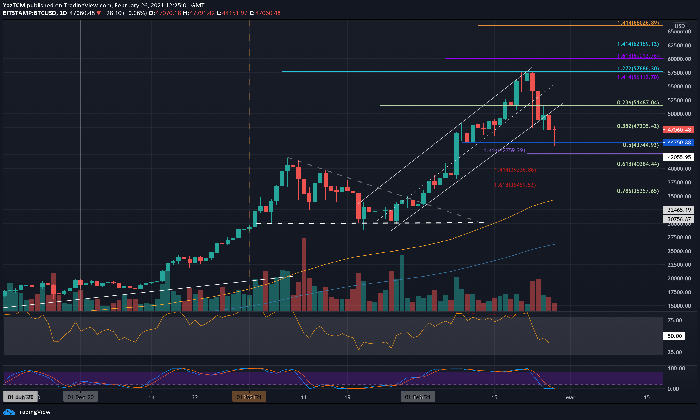

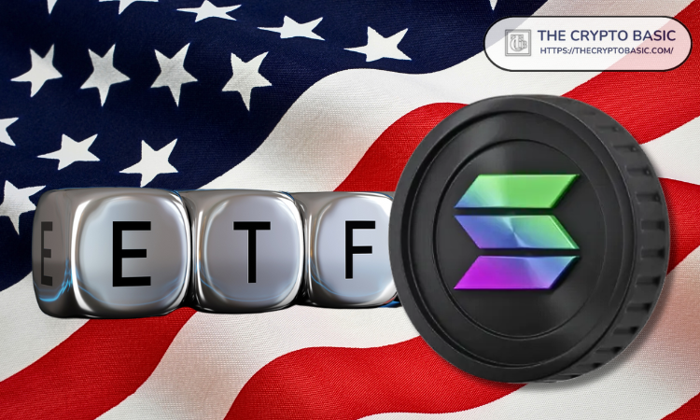

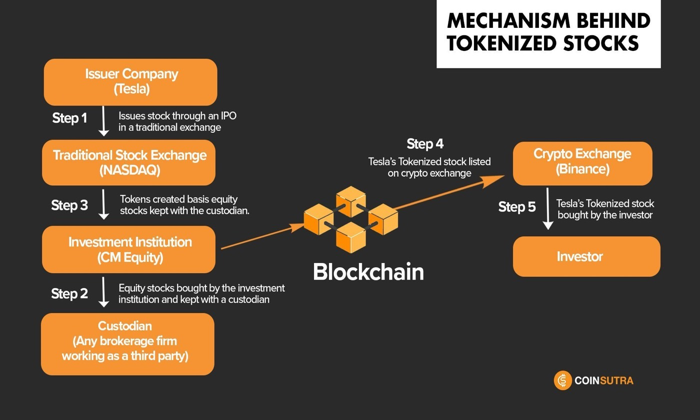
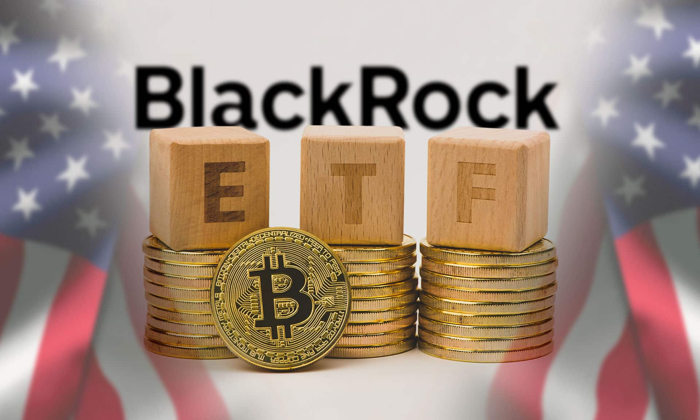
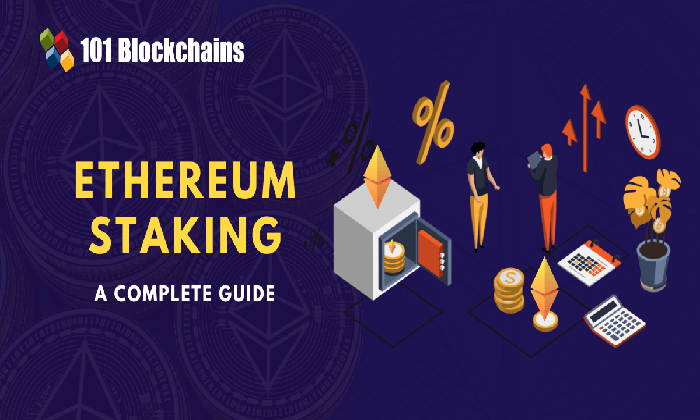
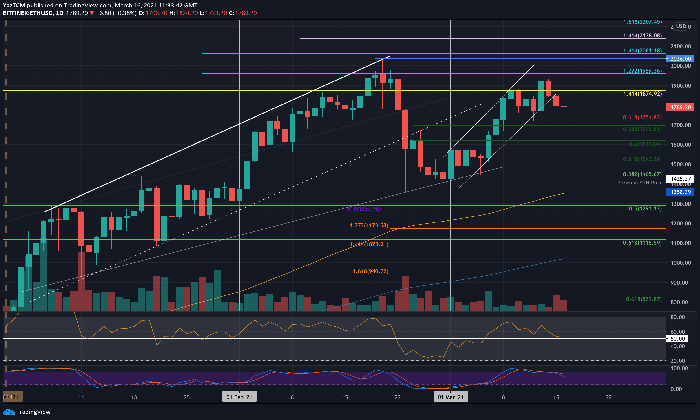

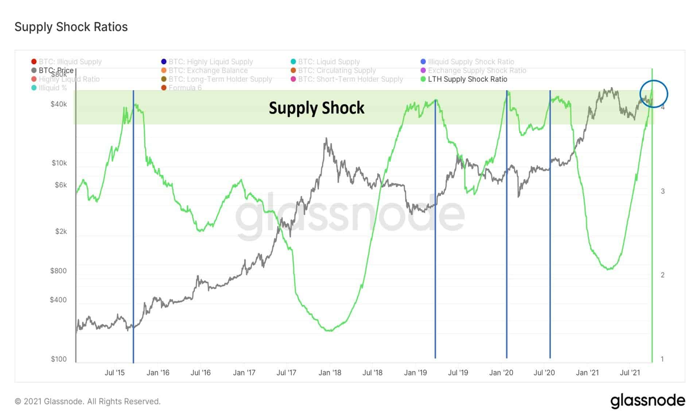



Leave a Reply